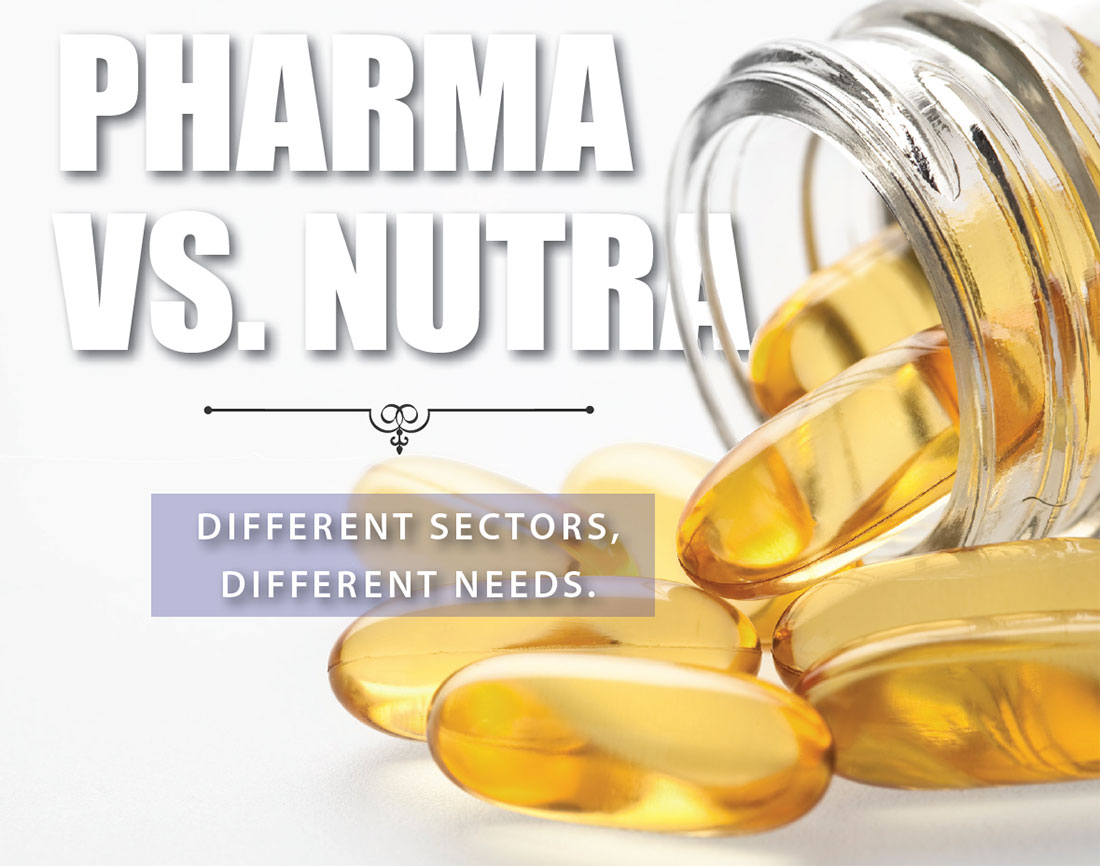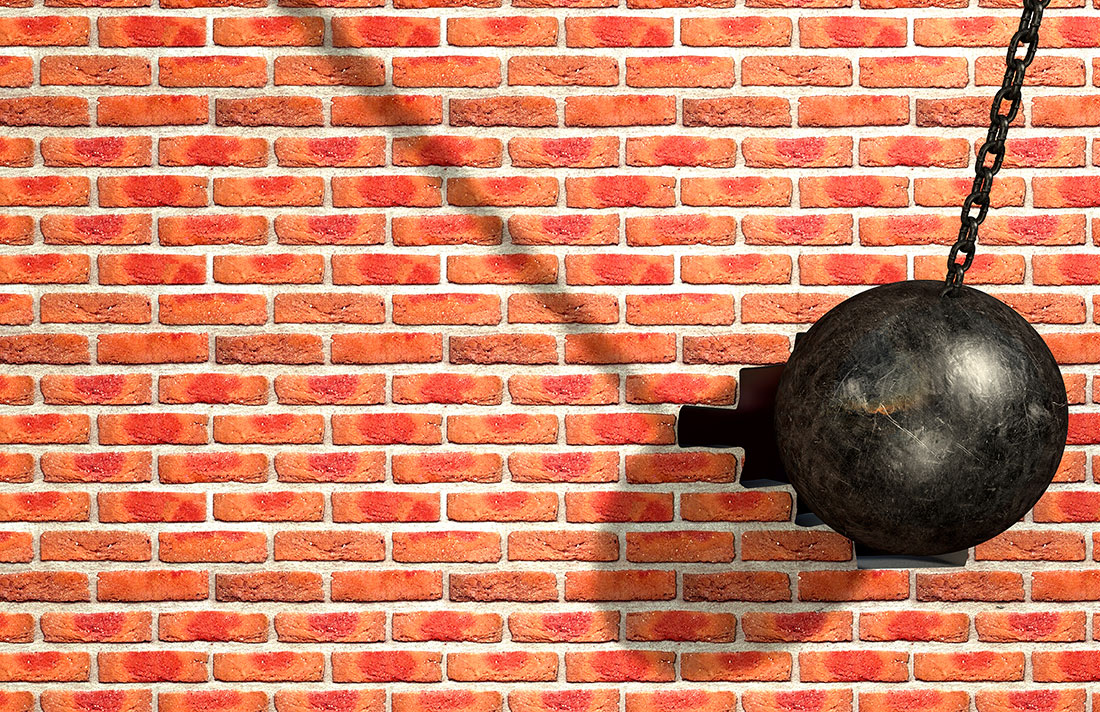
Experienced appraisers know to never value a piece of equipment as though it were in a vacuum, because understanding equipment use is at least as important as its specs when projecting realistic market recovery. The differing applications of like equipment as is used within the pharmaceutical or nutraceutical (nutritional and herbal supplements) sectors are a case in point.
Previously, Tiger liquidated the assets of Creation’s Garden, a $50 million nutraceutical manufacturer. The sale included some of the same equipment we have sold in pharmaceutical facilities: everything from large jacketed tanks and tablet presses to packaging lines for filling pill bottles.
And yet, among buyers in the two different sectors, the value of the same piece of equipment might vary dramatically. Why? In a word, regulations. The FDA’s strict regulatory requirements mean that bringing a product online in the pharmaceutical industry is extremely costly, which is not the case in the largely unregulated nutraceutical sector. Across the board, buyers believe the pharmaceutical industry operates its equipment under higher standards and tighter maintenance controls. Thus even if you have two identical ribbon blenders— one from a nutraceutical plant and the other from a facility run by a major drug company— prospective purchasers will attribute more value to the latter piece of equipment.
The cost of compliance slipups is high in the pharmaceutical sector, and so pharmaceutical industry buyers tend to steer clear of equipment coming out of unregulated nutraceutical facilities. “We don’t know what they’ve done with this equipment in the past, so we’d rather buy something from another pharmaceutical manufacturer that faced the same equipment regulations as us,” the thinking goes. The net result of these realities can be lower recoveries on like equip-ment, simply based on its application.
Meanwhile, even the application of equipment within a particular industry can vary quite a bit. For example, let’s say that a Bartelt foil packaging machine is configured for powder filling. If market demand for powder packaging machines is down or the buyer interest is limited to liquid filling machines, the resale value of this machine will be discounted based on the cost a buyer must invest in parts to convert to a liquid filling machine. Therefore, machines configured for a specific purpose can be riskier collateral, as compared to lines that can be sold as multiple components.
For instance, a pill packaging line may be designed for a specific purpose, but since the line will consist of a number of components usable in other applications, the collateral risk is much lower. In the aforementioned sale, Tiger was able to maximize value by offering the equipment as a complete line and on a component-by-component basis, ultimately selling the assets at the highest sale price. Several lines, which had broad appeal, sold complete. Other lines, however, benefited from aggressive bidding on their components, and generated higher recovery by the piece. Where the impact of the collateral risk was evident was in those cases where custom lines could not be easily broken apart. In at least one instance, a packaging line’s components were so tightly integrated that selling them individually was not practical. In this case, recovery was significantly impacted as the ultimate buyer was forced to purchase the customized line with components that they knew would require retooling.
Certain pieces of equipment do come closer to having universal appeal. Stainless steel tankage might be likened to the “gold” of these facilities. Large jacketed tankage, in particular, tends to recover quite well. When stainless steel tankage makes up a big portion of the borrower’s overall asset value, it is good news for the lender.
The bottom line: If you are lending money into this space, ask hard questions about not only the equipment, but also the use and application of the equipment. Pharma equipment buyers face a thicket of regulations and must meet the high bar set by the FDA. Nutraceutical firms are relatively unconstrained and need only meet the expectations of retailers and consumers. The appraisal should reflect these very different realities.



